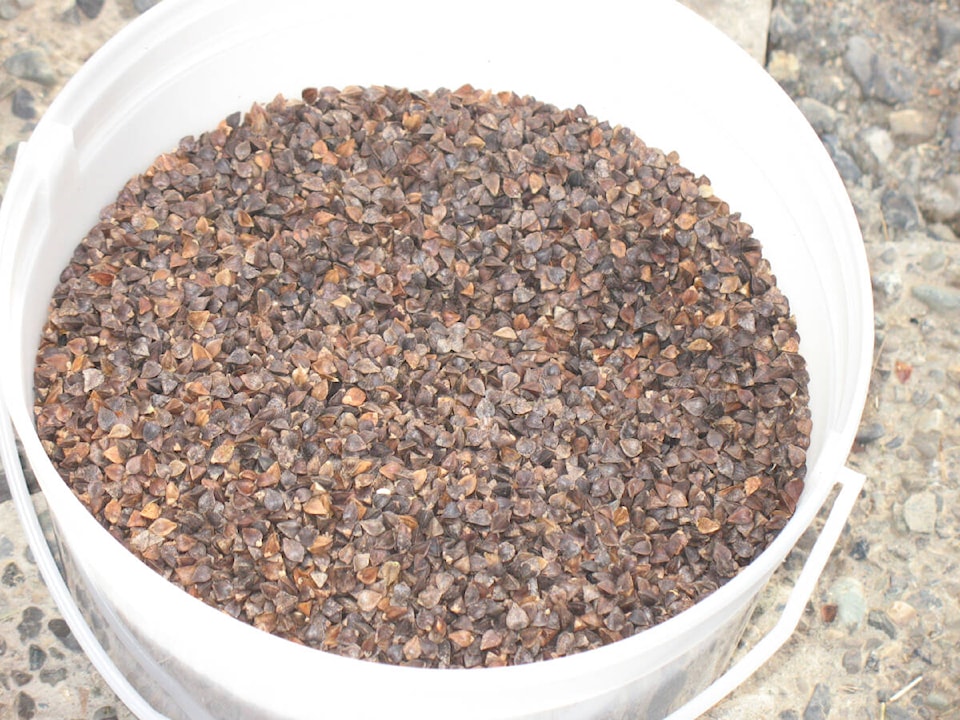By Mary Lowther
It’s not too early to sow fall, winter and overwintering vegetables. In fact, for plants like leeks it’s probably too late, although, as Dick Raymond says, we aren’t doing our best if we don’t push the envelope. Binda Colebrook followed this advice and experimented with many crops for fall, winter and spring harvest, documenting her results in an excellent book titled Winter Gardening in the Maritime Northwest.
Since this summer came on so late, I’ve only now pulled out my peas. I will sow beans in their stead, after weeding and adding fertilizer at the rate of four litres per hundred square feet. I plan on sowing a second batch of beans in two weeks, hoping to extend my harvest into September. Colebrook recommends sowing corn salad, endive, fennel, kale, beets, carrots, lettuce, radishes, overwintering onions and broccoli, winter radish and turnips in midsummer. I’m trying a few crops that are normally sown earlier, like Brussels sprouts, fall cauliflower, cabbage, leeks and onion sets, in case we have a late fall as well. Since corn needs a long summer to grow, I’m not sowing any this year, but we still have plenty left in the freezer from last year.
Midsummer sowing is tricky because of our hot, dry weather, so gardeners have come up with various methods to keep newly sown seeds cool enough to germinate. One puts ice cubes over the soil on her freshly sown seeds; others sow in the shade of larger plants or create temporary shade with pieces of roofing tile, wood, or a length of material held up with stakes. Another laid a length of wood over her newly sown carrots, removing it when she saw sprouts emerge; I tried this one year, but all my carrot sprouts were eaten.
Whatever method one uses, it’s a good idea to hand water once or twice a day until the seeds sprout and then set up soaker hoses for them to be watered along with the rest of the garden. Since our ancestors have developed seeds for various crops specifically bred for different seasons, smart gardeners avail themselves of seeds developed for sowing now to harvest during winter.
My beds that don’t get used for vegetables will be planted with a summer cover crop like buckwheat, destined to be dug under at the end of August when I’ll sow winter cover crops like winter rye and fava beans. These cover crops will nourish the soil and retain nutrients during winter. I got my buckwheat seed at Buckerfield’s in Duncan, but Top Shelf carries it as well.
Please contact mary_lowther@yahoo.ca with questions and suggestions since I need all the help I can get.
